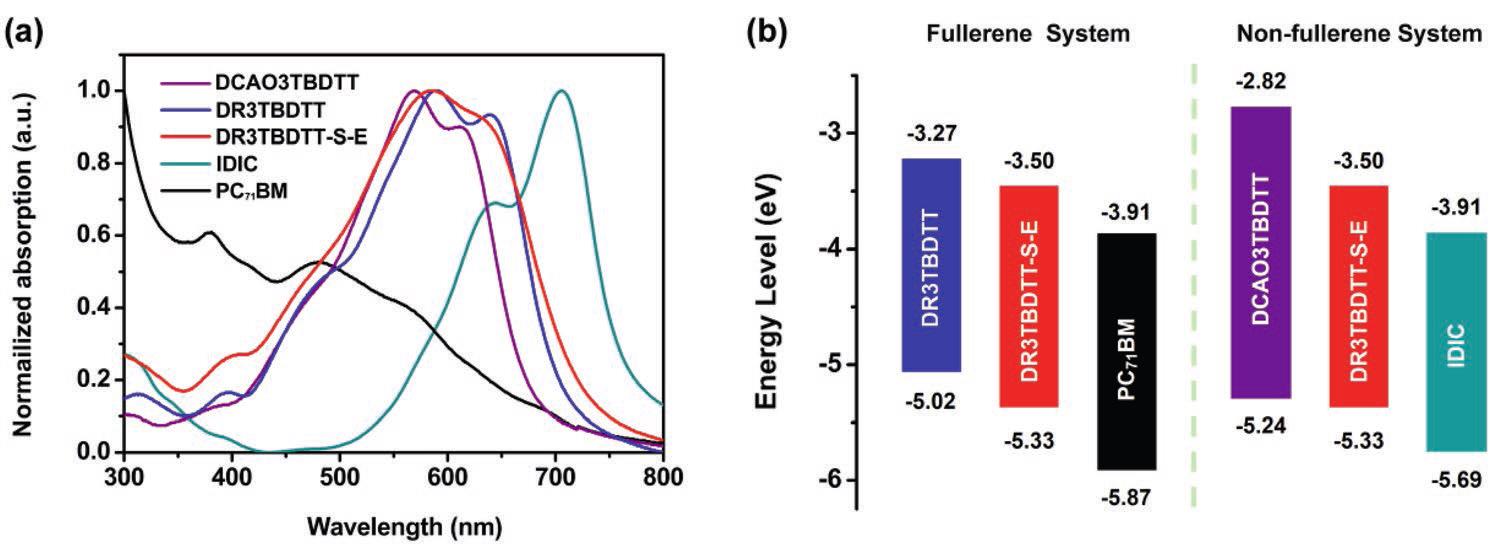
首页 > News & Notices > News
Associate Professor Chang Yanhong's scientific research team publishes research results in the journal "Advanced Energy Materials"
Associate Professor Yanhong Chang’s group from the University of Science and Technology Beijing, with National Center for Nanoscience and Technology, published an academic paper entitled "Constructing high performance all-small-molecule ternary solar cells with the same third component but different mechanisms for fullerene and non-fullerene systems" in the top journal-Advanced Energy Materials (IF: 24.884). “Advanced Energy Materials” is one of the most prestigious and influential international journals in environmental energy materials.
Organic solar cells, as a clean renewable energy technology, which has the following superiorities: low-cost, light-weight, abundant materials and less environmental pollution, have appealed considerable research interest. The research of novel organic materials play a crucial role in futher improving the power conversion efficiencies (PCEs). In conventional bulk-heterojunction (BHJ) solar cells, the active layers are typically composed of a polymeric donor or small-molecular donor and a fullerence derivative or small-molecular or polymeric acceptor. And the research and development of photovoltaic materials has always been a focus of scholars’ attention, leading the development direction of organic solar cells. On the other hand, fabricating ternary solar cells by introducing a proper third component to the traditional binary system, combined with the optimization of bulk morphology and regulation of the aggregation structure, has also considered an effective strategy to promote the photovoltaic performance.
A small-molecule donor, DR3TBDTT-S-E, was carefully designed and synthesized in the paper. Compared with its controls (DR3TBDTT and DCAO3TBDTT), a significant reduction of energy levels was obtained by introducing special functional groups such as the alkylthio and ester group to the conjugated side chain and electron-withdrawing group. When adding DR3TBDTT-S-E to the two binary systems (DR3TBDTT/ PC71BM and DCAO3TBDTT/IDIC), the cascade energy levels between two donors and one acceptor have been successfully constructed, which is very likely to facilitate charge transfer because of the charge relay role of DR3TBDTT-S-E. And finally, extremely high power conversion efficiencies (PCEs) of over 10% have been achieved for both two ternary systems (DR3TBDTT/DR3TBDTT-S-E/PC71BM and DCAO3TBDTT/DR3TBDTT-S-E/IDIC), which could also be attributed to the optimized bulk morphology and higher-order structures.

Figure 1. Chemical structures of DR3TBDTT, DR3TBDTT-S-E, DCAO3TBDTT, PC71BM, and IDIC.

Figure 2. UV–Vis absorption spectra (in the solid state) and energy level diagram of donors and acceptors